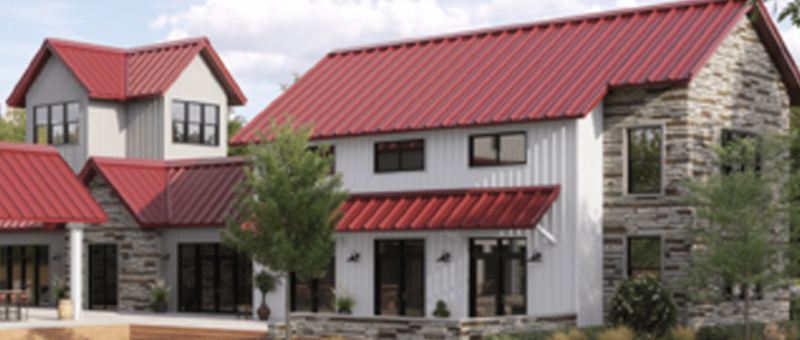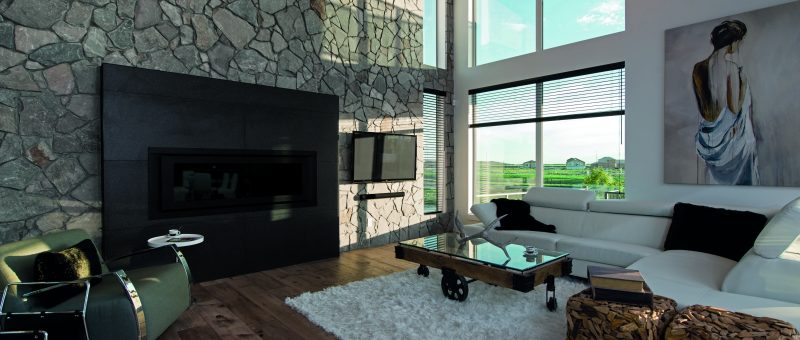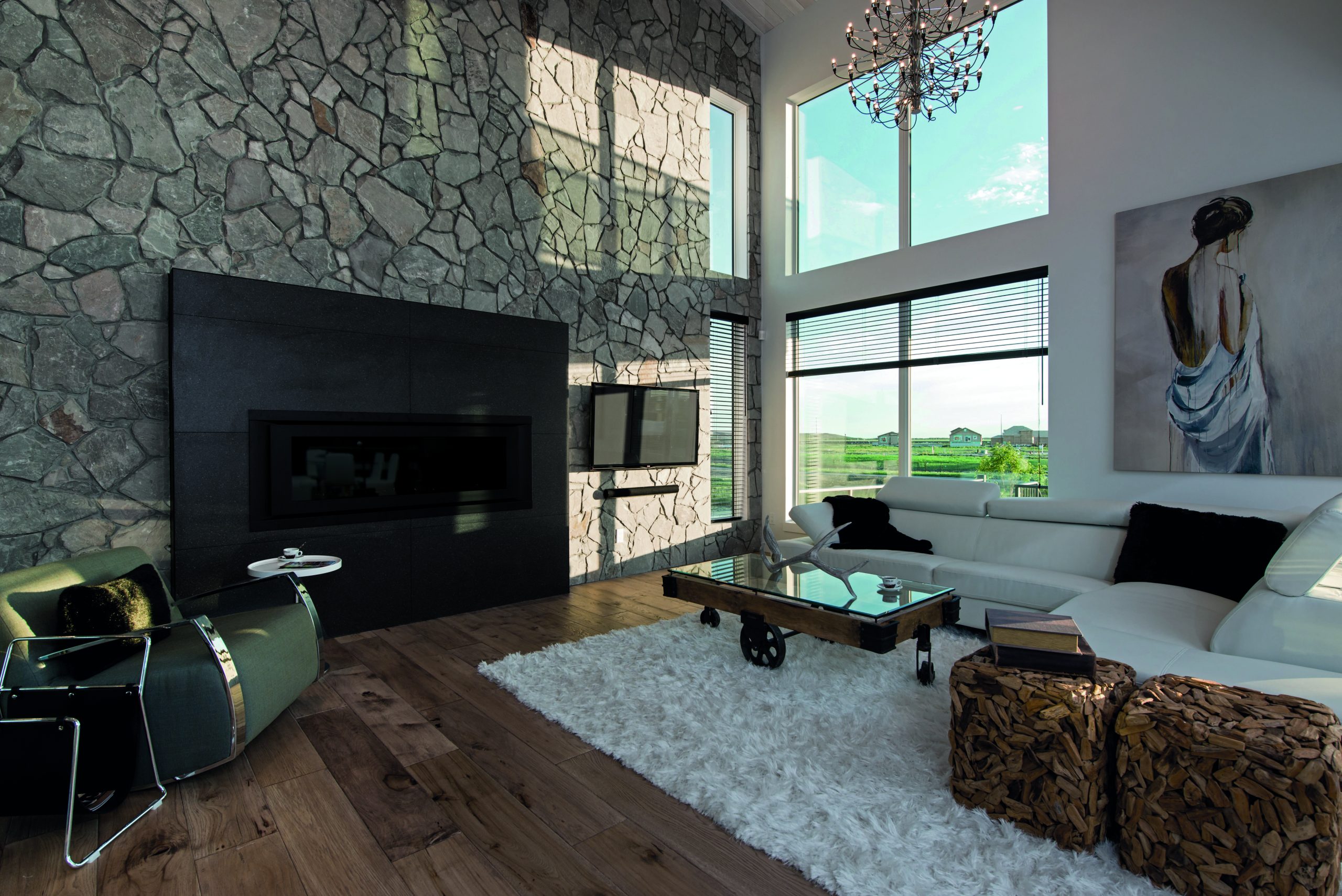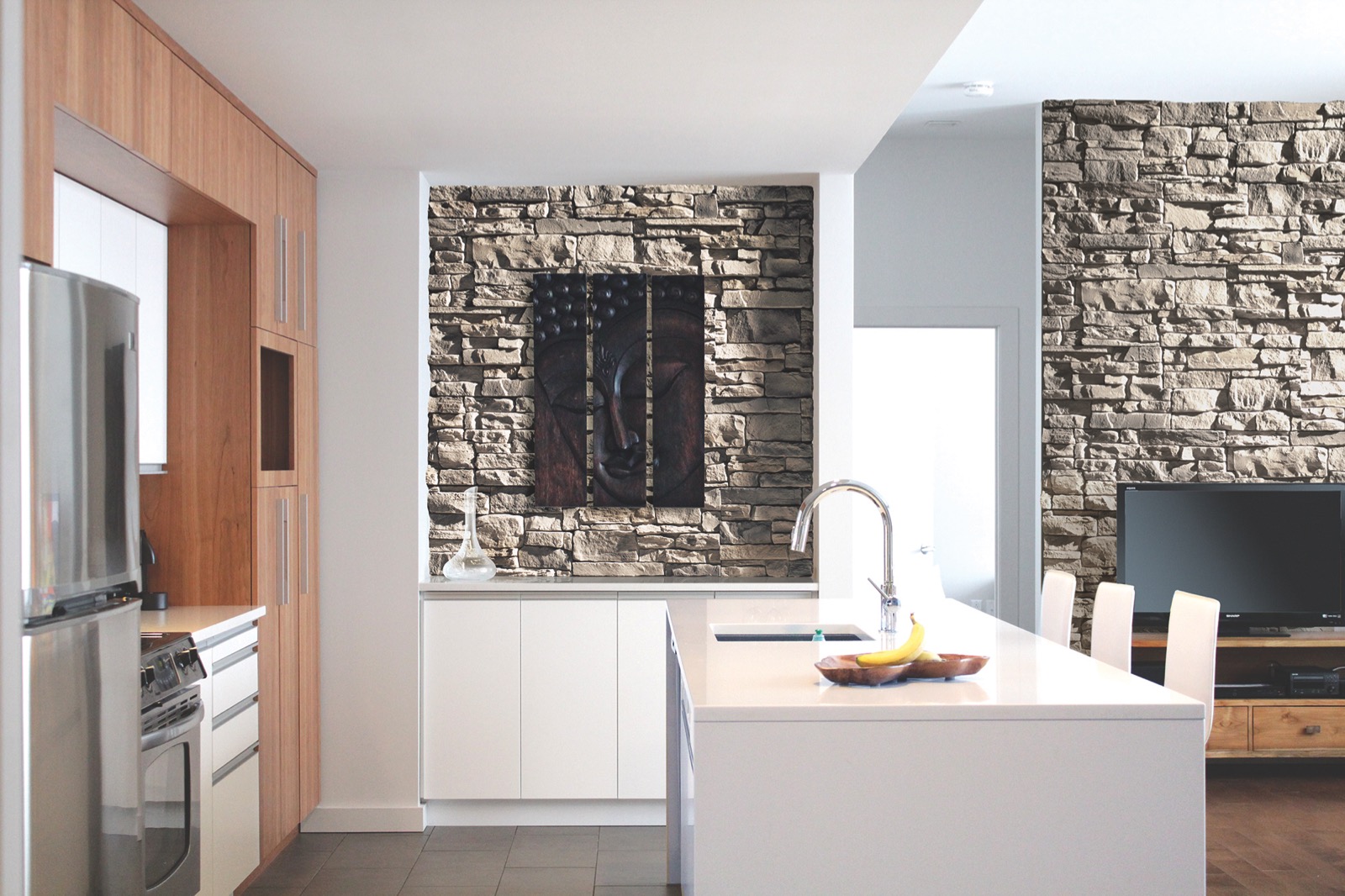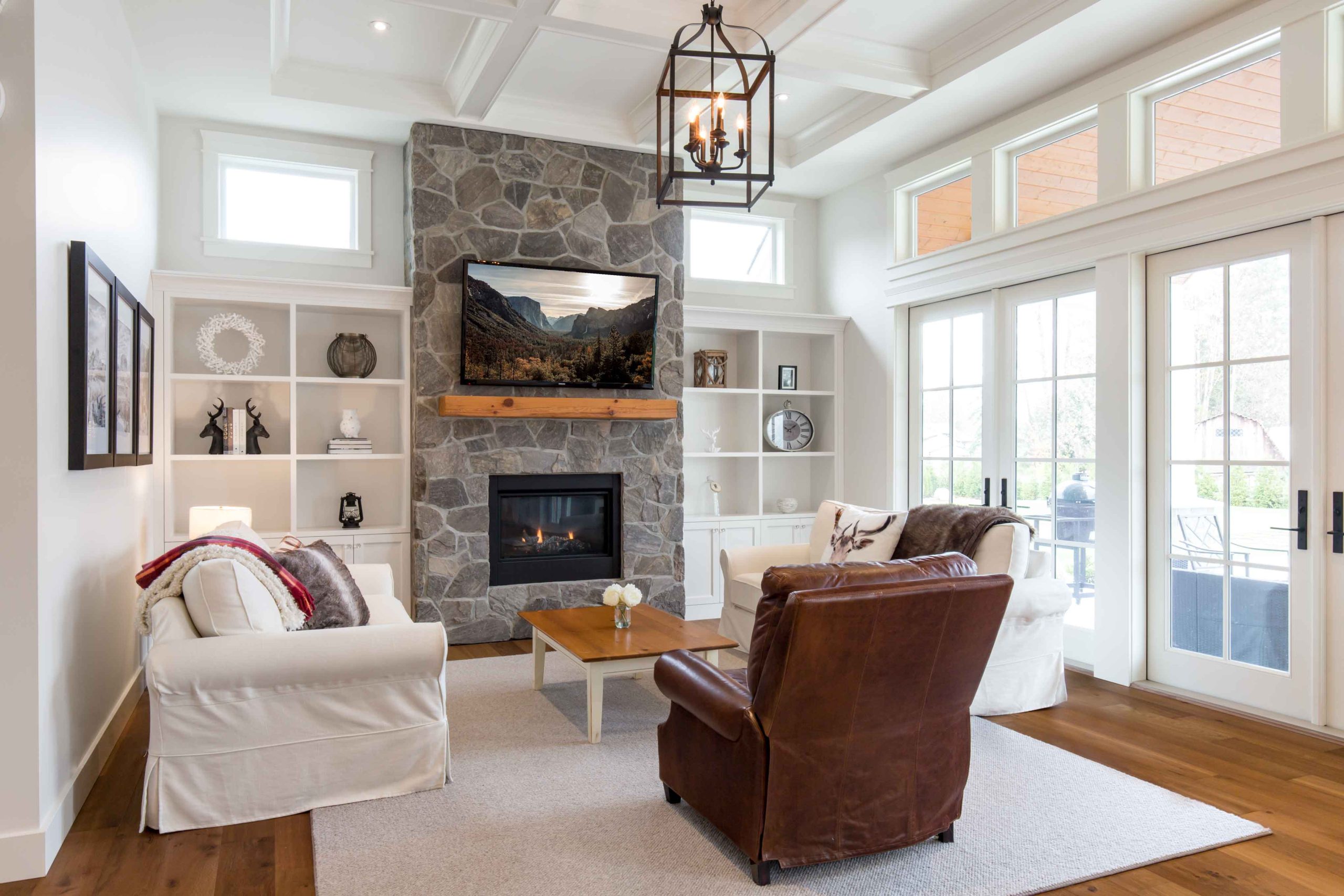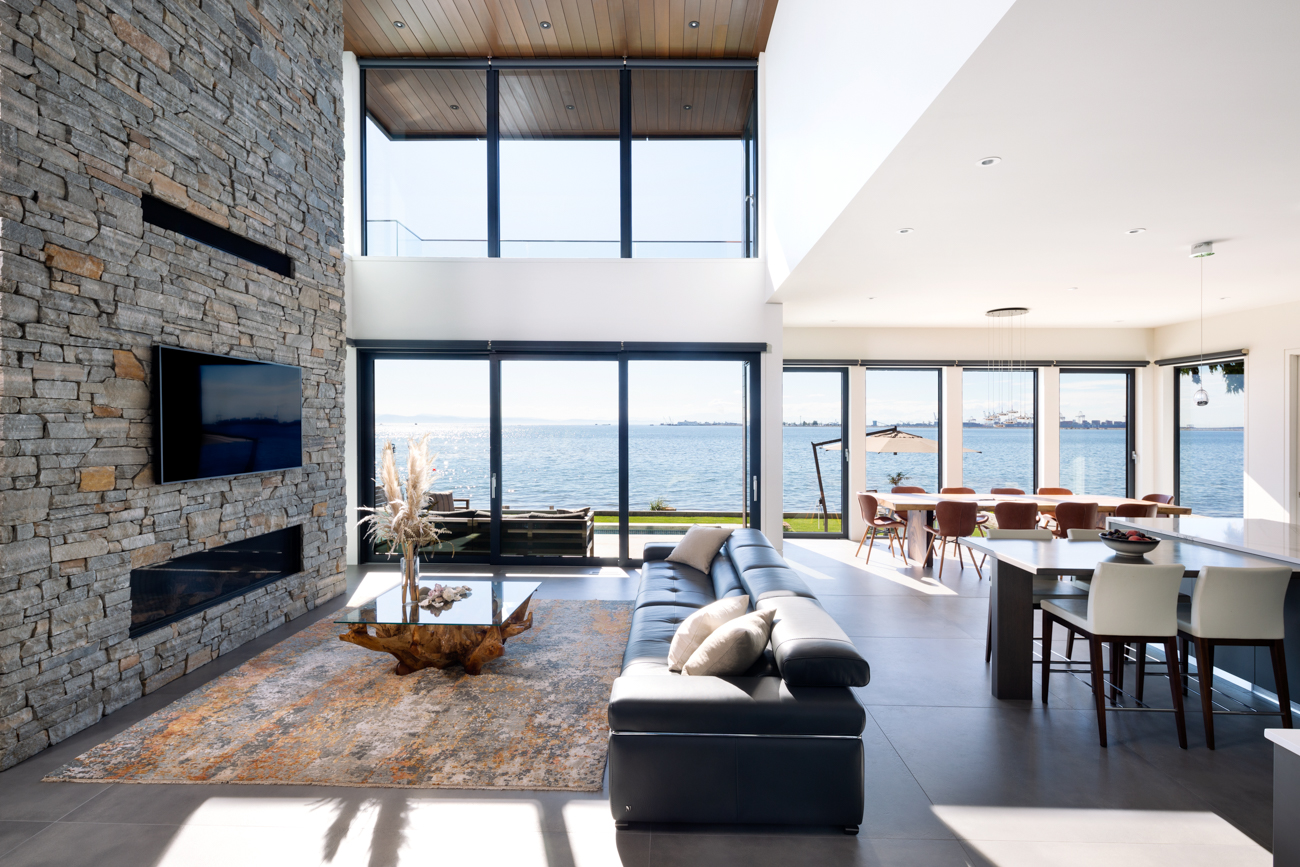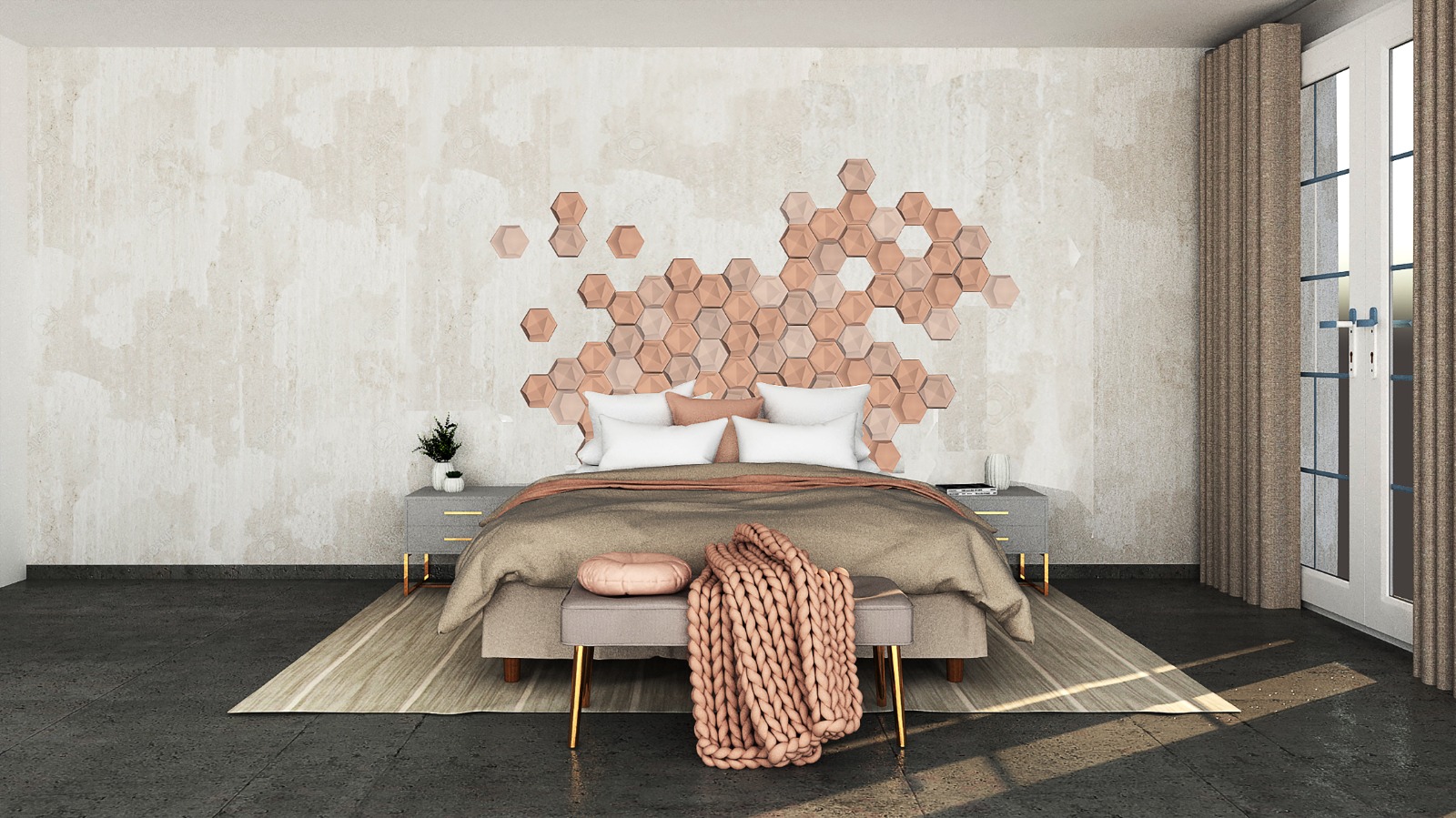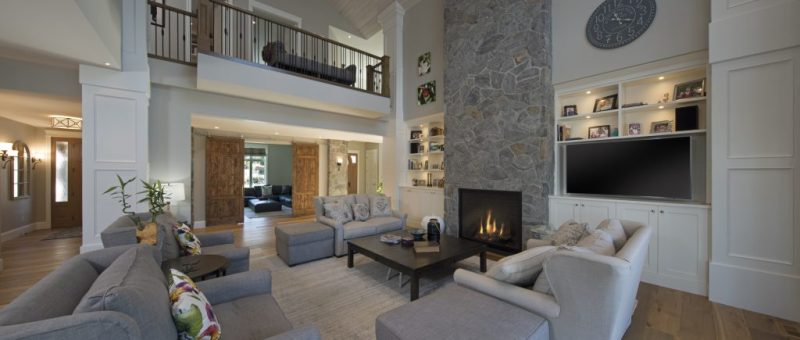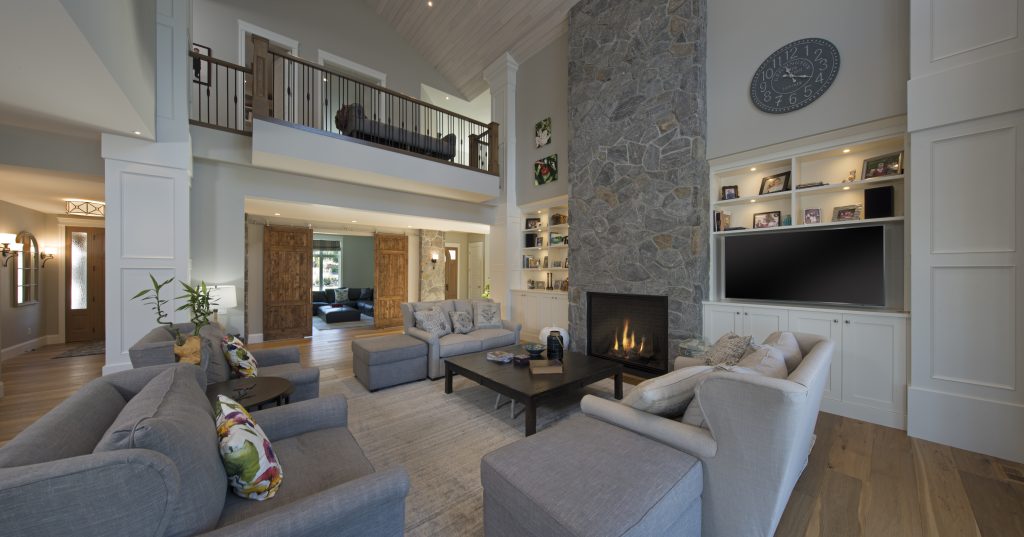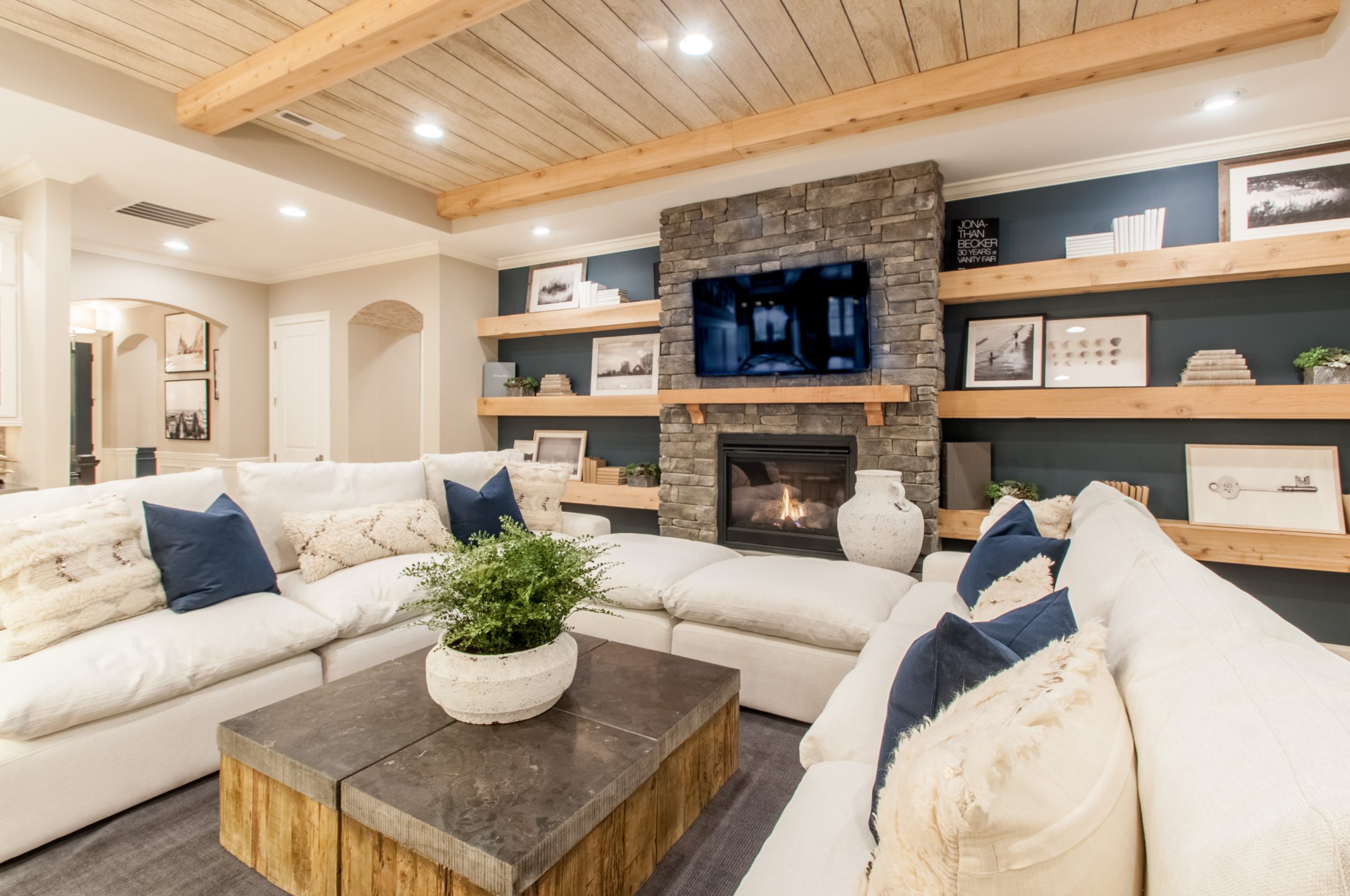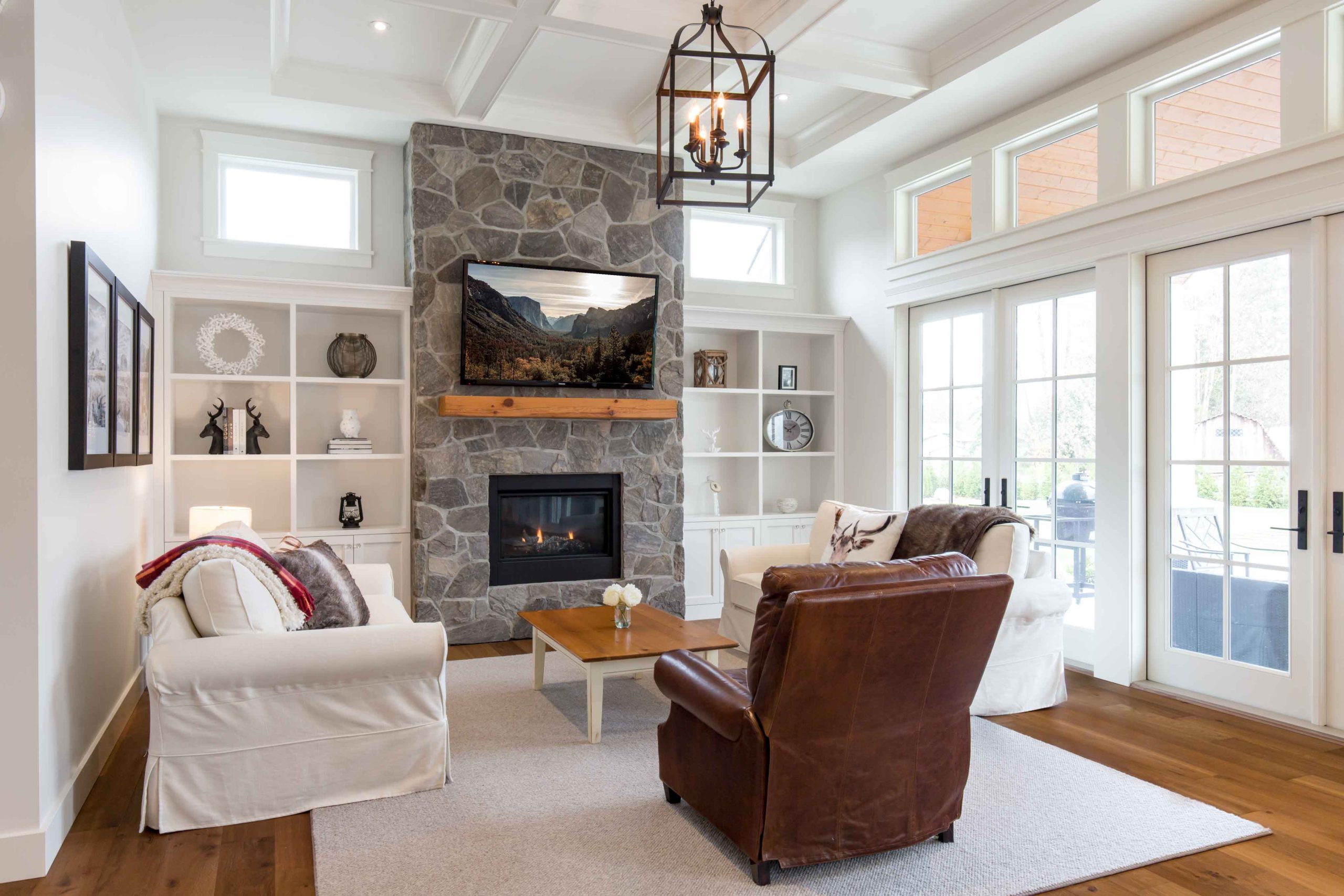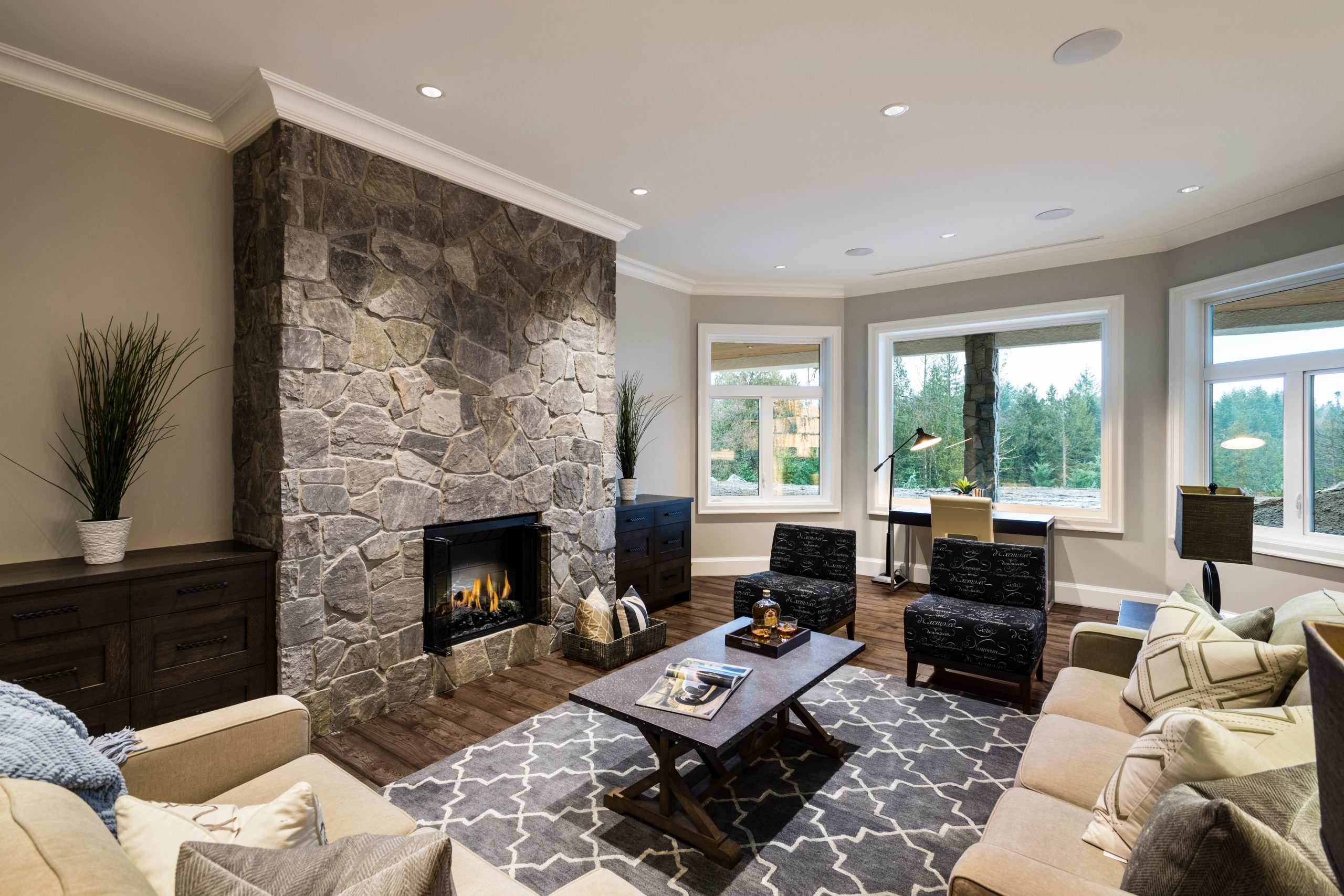
Building materials face deterioration from a variety of threats, the most serious and persistent being water and moisture. Although masonry is known for its durability of relative ease of maintenance, all building materials require proper installation—especially when it comes to moisture management.
It’s impossible to control all moisture entering a building, but there are many tactics to manage the moisture so that damp materials dry out quickly and water can exit quickly. Architects and installers must take a holistic look at the building envelope, including sheathing, weather resistant barriers (WRBs), drainage planes, and attachment systems that will help keep moisture out of the assembly, as well as important details such as flashing, transitions between materials, and sealants to ensure as much water as possible is being shed from the building.
Root Causes of Water Damage
Moisture-related problems in building enclosures have three root causes:
• External sources of moisture such as humidity, rainwater, and groundwater
• Internal sources of moisture such as plumbing leaks, cooking, bathing, and even perspiration and respiration
• Construction moisture that is present in building materials such as concrete and lumber.
Bulk water, capillary water, and water vapor are the three types of moisture that pose the most threat to building envelopes and must be mitigated through moisture management strategies. Bulk water from rain, snow, or groundwater can be the most damaging and enters the building from an opening in the envelope or a driving force such as air pressure or gravity.1 Bulk water can be controlled with proper flashing, sealants, and rain screens that work to drain any incidental water that does get behind the façade despite other waterproofing measures.
Capillary action is the movement of water and vapor through porous materials such as stone and brick due to the forces of adhesion, cohesion, and surface tension. Water wicks through these materials against the pull of gravity — think of rising damp in concrete or masonry. Two nonporous materials placed closely together can also provide a channel for capillary action to occur. The U.S. Office of Energy Efficiency and Renewable Energy notes, “Capillary action can best be controlled by providing a capillary ‘break’ such as plastic, metal, damp-proofing compound, or another impermeable material, or by leaving air spaces that are too large for capillarity to occur.”2
Moisture can be transported on air and enter a building through uncontrolled pressure sources such as the wind stack effect or controlled sources such as air handlers that move moist air past the building envelope and through even the tiniest of holes.
Water vapor can also pass through a building through vapor diffusion, which is dependent on the driving forces that push it into the building as well as how permeable the building materials are. Vapor barriers are used to slow down the movement of water vapor into a building. There are very specific guidelines for the permeability rating of these barriers and where they should be placed based on the climate where a specific project is located.3
Dangers of Moisture Intrusion
When water is not properly managed, it can be detrimental to the durability of the building as well as occupants and property inside the building.
Moisture intrusion can cause condensation within the walls, which ultimately deteriorates wood materials, causing sheathing and framing to rot. When insulation inside walls becomes wet, there is a significant reduction in thermal values. Metal components such as structural fasteners may rust and corrode, and adhesives will ultimately fail in the presence of excess moisture. Efflorescence, a white deposit of surface salt on the exterior of a building, can occur on masonry, which can also be damaged during freeze/thaw cycles as moisture within the masonry expands and contracts. Water-soluble materials such as gypsum can even return to solution.
Uncontrolled moisture allows mold and mildew to grow within walls, and eventually it will take hold inside the building and HVAC systems, posing a significant danger to the health of occupants. Damage to paints, coatings, furnishings, and interior components will eventually ensue.
Moisture Management Strategies
To avoid the negative effects of water intrusion, there are important building practices to follow when designing wall assemblies and specifying materials. Working from the inside to the outside of a wall assembly, specifying an appropriate type of sheathing and a compatible weather resistant barrier is the first layer of moisture management. If appropriate, a rainscreen system and weep screed can also be designed into the wall assembly to further drain incidental water. For example, manufactured stone veneer uses a rainscreen product in conjunction with a weather resistant barrier, or in some cases as the sole WRB, for installation.
Proper sealing is the next line of defense and includes meticulous attention to flashing and caulking details. Flashing should be installed around windows and doors, at all penetrations, and in various areas throughout the roof such as step flashing and roof diverters. Next, appropriate fasteners and sealants must be applied that are compatible with the material substrate. It’s vital to know how different materials interact and separate dissimilar materials if they may cause moisture penetration, corrosion, or another reaction that could compromise the structural integrity of materials and the building itself when improperly handled. Material connections are supremely important, as well, particularly when they are two very different products.
MSV Specifications for Water Management
Moisture issues can arise from rain or rain that is driven by wind into a wall assembly and by inward vapor drive. Bulk water intrusion and vapor drive can lead to damage and rot in sheathing and structural members in both wood- and steel-framed structures. Inward vapor drive can occur because WRBs are vapor-permeable, and moisture stored within the MSV or mortars can be driven by the sun and heated through the WRBs directly into the sheathing and stud bays. If the cladding is in contact with the barrier, water can linger in those locations, causing them to remain wet for extended periods of time. This can happen in both hot and cold climates.
In MSV installations, a two-layer WRB system provides a drainage plane to protect against capillary draw. Including a rain screen system between the WRB and stone veneer creates a drainage space that better prevents water intrusion. This ventilated air space allows bulk water to drain out, but also serves as a capillary break, meaning water penetrating behind the cladding is intercepted. The use of other fundamentally sound design details, such as rough opening protection and sill flashing beneath windows and doors, is particularly effective against water intrusion. Including diverter flashing at the roof/wall intersections, saddle flashing at low-to-high walls, flashing at floor lines, and deck flashing can all help to prevent moisture-related issues.
To avoid the negative effects caused by humidity, rain, and wind, it is crucial that trained professionals install MSV products. Improper installation — most often stemming from transitions around windows, penetrations, and exterior light fixtures — coupled with the fact that improper installation is not immediately evident, can lead to severe damage and increased costs. Defective installations cause more obvious damage in wetter climates, but in areas with less rainfall, moisture can stay hidden for years until it manifests as a much larger issue.
In general, to avoid the negative effects of water intrusion, the following top six building practices should be done correctly:
• Weather-resistant barriers
• Flashing around windows and doors
• Step flashing and roof diverters
• Detail flashing
• Flashing at all penetrations
• Weep screed
CMHA offers an MSV Installer program. The course teaches installers fundamental MSV installation guidelines and industry best practices. Not only will it ensure better quality work, but the certificate is a highly valued credential by consumers and the broader marketplace.
original article courtesy of CMHA: Concrete Masonry & Hardscapes Association

